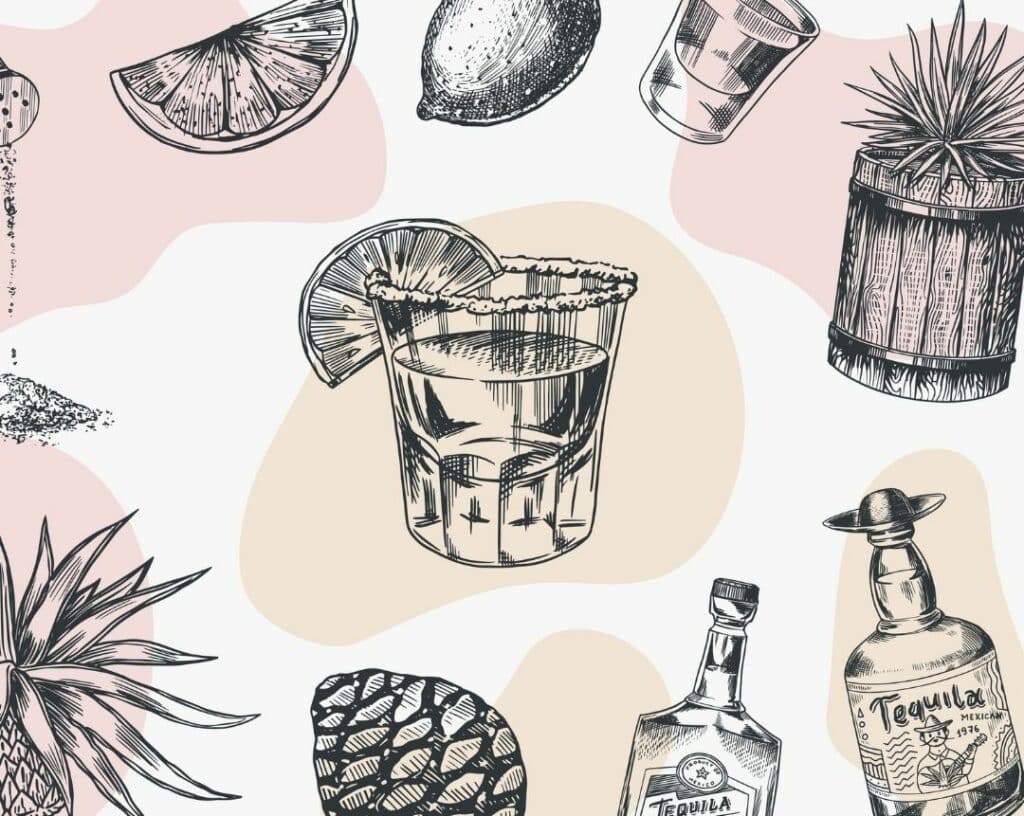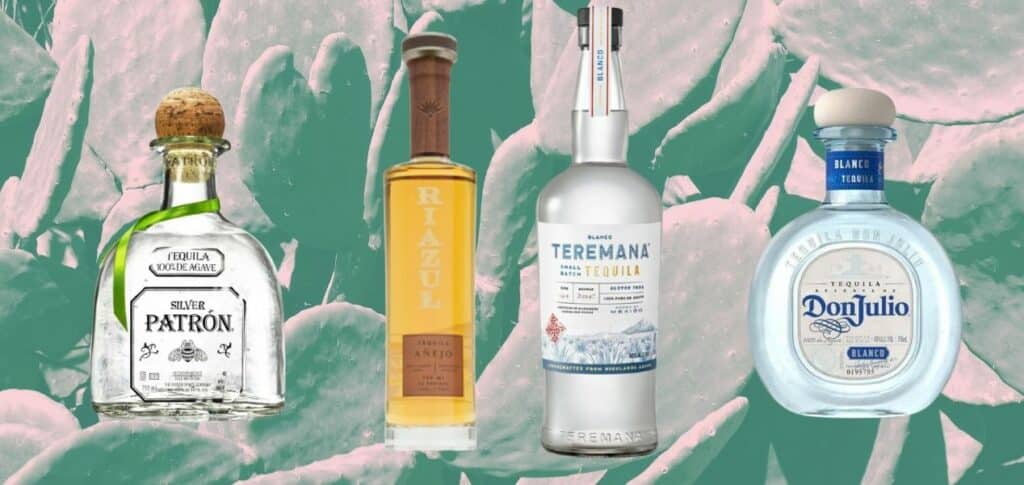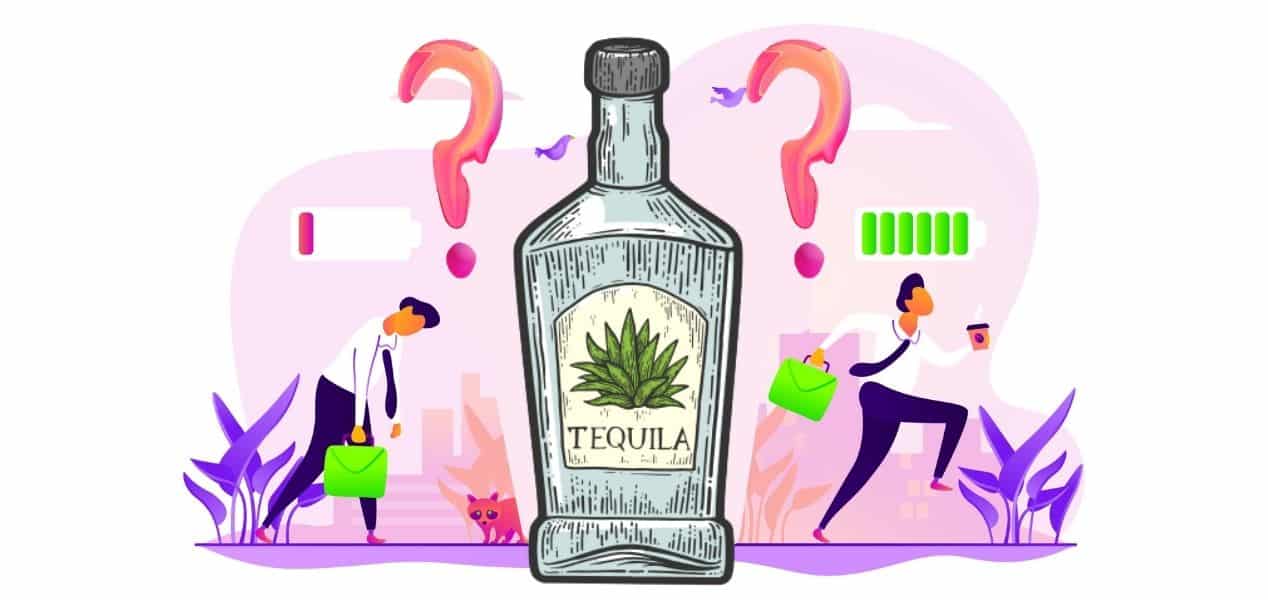People often talk about tequila as a stimulant, suggesting that it is an ‘upper spirit.’ It’s got a reputation as a party drink. The hype surrounding tequila makes sense with people doing typical tequila shots with lemon and salt or sipping on foot-long Margaritas on a trip to Vegas. No wonder we think of it as a stimulating hype drink.
While personal experiences might seem to support this claim, it is, in fact, a myth.
Tequila, like all other types of alcohol, is a depressant.
So what exactly is a depressant? Well, it’s a substance that slows down the nervous system. That’s why you get that relaxed feeling after a drink or two. Tequila and other spirits trigger a dopamine release in the brain. This creates that stimulated, happy feeling at first, but it ultimately leads to depressive effects.
Science classifies tequila as a depressant like all other types of ethanol-based drinks such as wine and beer. Ultimately, these can have a significant effect on our cognitive abilities.
Let’s explore these effects and the tequila-making process in greater detail.
Understanding Tequila

Ingredients and Distillation
Tequila is a distilled alcoholic beverage traditionally made in the Mexican state of Jalisco and the area surrounding the city of Tequila. It has been around since the 16th century and has certainly stood the test of time. Made from the Blue Agave Plant (a type of Lily that looks much like an Aloe plant), tequila is a popular drink worldwide.
Thanks to volcanic soils in the region, over 300 million blue agave plants are harvested in the area every year. Spirits made from Agave Plants are called mezcals. Every tequila you drink is classified as a mezcal, but not every mezcal will be tequila.
Blue agave plants reach their harvesting peak after seven to 10 years. Sharp barbs are seen on their leaves, and bulbs that look like pineapples grow underground.
When harvesting season arises, the bulbs are cut into quarters and baked. The starch transforms into sugar, and by crushing the plant at the milling area, juices are released.
The next step is adding yeast to the sugary juice to make alcohol. This fermentation process can take between seven and twelve days, after which distillation occurs in unique steel pot stills or distillation towers.
Some types of Tequila are distilled twice and others three times. After this process, Tequila is classified as silver or Blanco Tequila. Darker tequilas age in oak barrels for between two months and over three years.
There are five main types of Tequila, classified according to their region and the length of aging.
- Blanco Tequila – This unaged spirit is clear in color and the purest form of Tequila. Blanco varieties are often used in Margaritas.
- Gold Tequila – Also an unaged beverage but caramel or additives are added. Remember, it’s gold because of these flavorings and not an extended aging process.
- Reposado (rested) Tequila – This Tequila ages for between 2 months and a year and is darker in color than Blanco and Gold.
- Añejo (old) Tequila – Theis ages for a year and a half to three years in oak or bourbon barrels. These work well if you’re sipping tequila neat with some ice.
- Extra Añejos Tequila – Aged for over three years and contains the most tannins. It’s the darkest amber of all tequilas.
In 2006 the region near Tequila was declared a UNESCO World Heritage Site because of its cultural and historical significance.
Authentic Tequila is produced in five Mexican states; Guanajuato, Jalisco, Michoacán, Tamaulipas, and Nayarit. Tequila is used in cocktails such as Margaritas and Tequila Sunrises, mixed with soda or fizzy mixers, or drunk neat in the form of shots.
Most tequilas have a high alcohol content of 38-40 percent, roughly 76-80 proof. As a strong spirit, moderation is essential when it comes to consumption. Alcohol guidelines suggest one drink or less per day for women and two drinks or less for men.

Tequila Effects: Depressant vs. Stimulant
When you first have a shot (or two, or three) of tequila, you start to feel ‘buzzed’. This happens for a few reasons, including the massive surge of dopamine that is triggered in your brain and your environment.
When your friends are hyped, and everyone’s doing shots, you are bound to feel excited and stimulated at first.
For these reasons, many assume that tequila is purely a stimulant. After this initial boost, though, tequila works like any other depressant. While it has an initial stimulating effect, it is clinically categorized as a depressant.
People often drink shots of tequila or combine them with sugary mixers. This quickly spikes blood levels and makes people feel drunk quite fast. This creates a stimulating feeling at first, but this doesn’t mean it’s clinically a stimulant.
Tequila and other alcoholic drinks slow down your cognitive abilities and bind to receptors in the brain known as GABA receptors. These receptors are responsible for calm and relaxed feelings. Alcohol boosts these receptors at first. We feel like we’re letting loose and might feel more socially confident.
Over time though, and if we consume too much, the depressant effects are more pronounced. They might include impaired judgment, vision, alertness, senses dulling, and slow reaction time.
Price
Tequila can be pricier than other alcoholic spirits, and this is for a few reasons. The Blue Agave plants can take up to ten years to mature. Yields can also be low in arid climates. Added popularity has also led to high demand and a lower supply of matured agave plants.
The most expensive bottles of tequila worldwide can cost well over a thousand dollars, with the Barrique de Ponciano Porfidio Tequila costing $2000.
Luckily there are some more affordable options around, so you won’t have to say goodbye to Margaritas or shots just yet.
These famous brands can be bought for $30 or under.
- El Destilador Blaco Tequila
- Cimmaron Reposado Tequila
- Hornitos Black Barrel Tequila
- Espolon Blanco Tequila
If you prefer the darker tequilas that have been aged for longer, you’ll be paying a bit more thanks to the longer distillation time.
Conclusion – Is Tequila A Stimulant?
Tequila has a few stimulating effects when you first drink it, like other types of alcohol. At first, it can boost your mood and create a happy or calm feeling. It then causes cognitive abilities to slow down and has depressive effects.
It is crucial to drink any alcoholic beverage in moderation and to adhere to medical consumption guidelines.
When enjoyed safely, it’s a great spirit in cocktails or can be sipped neat with a block of ice and a wedge of lime.
What’s your favorite way to drink tequila?

